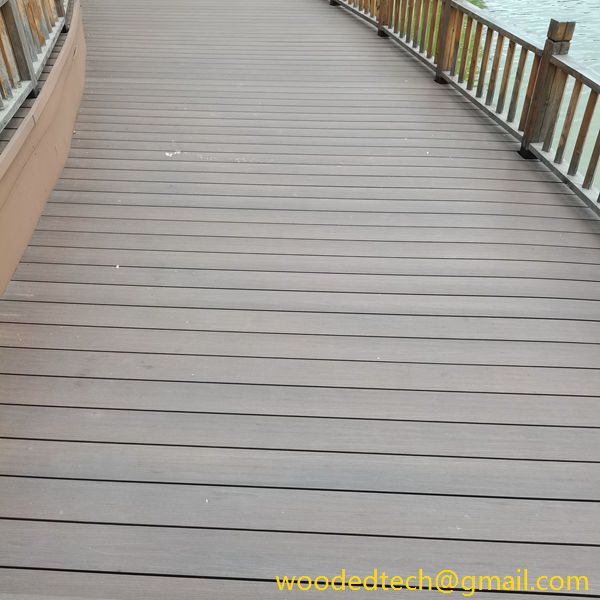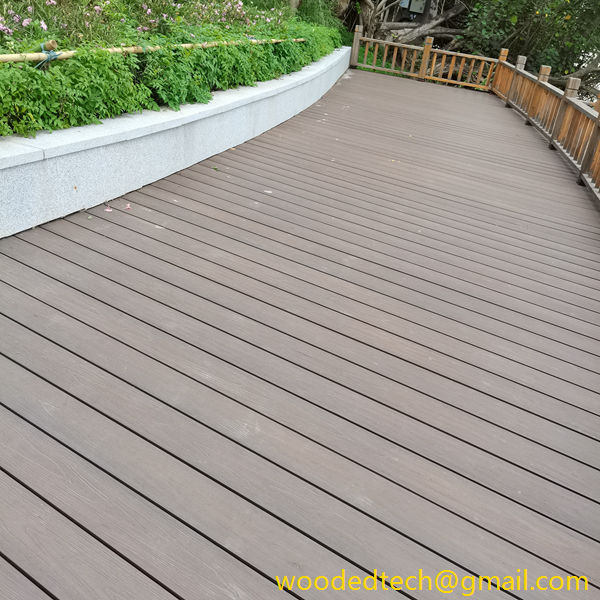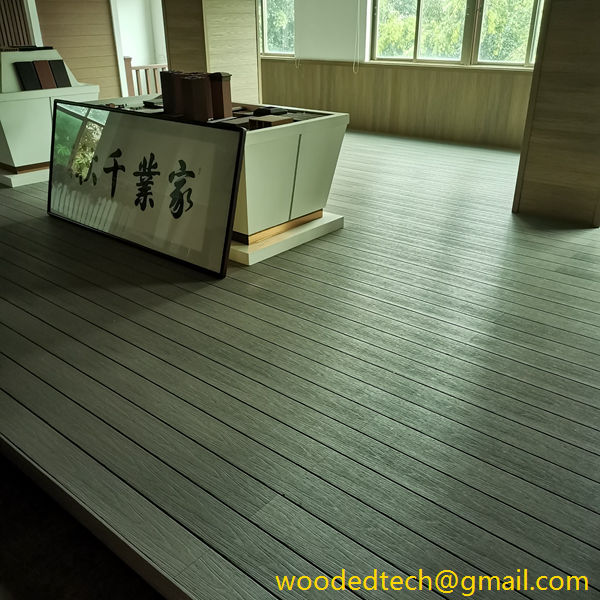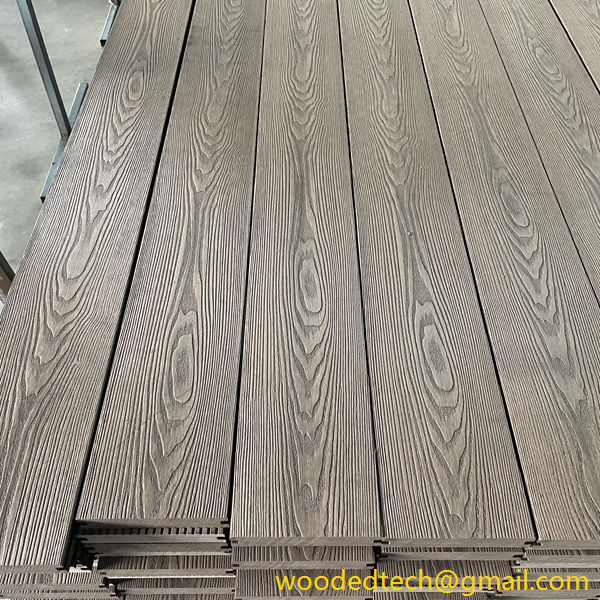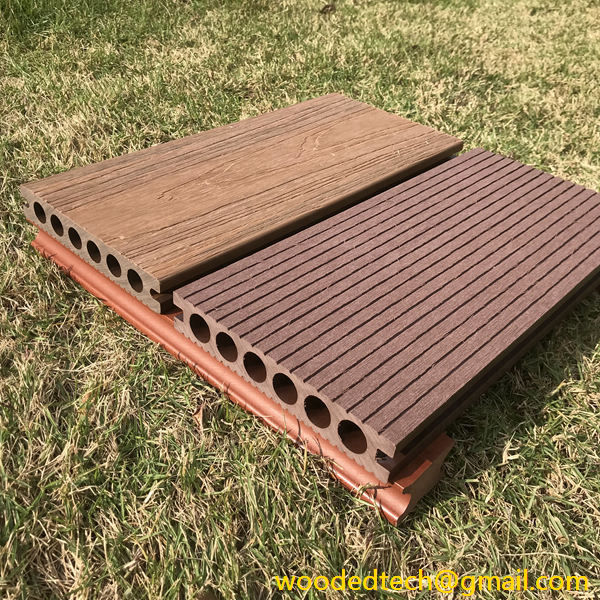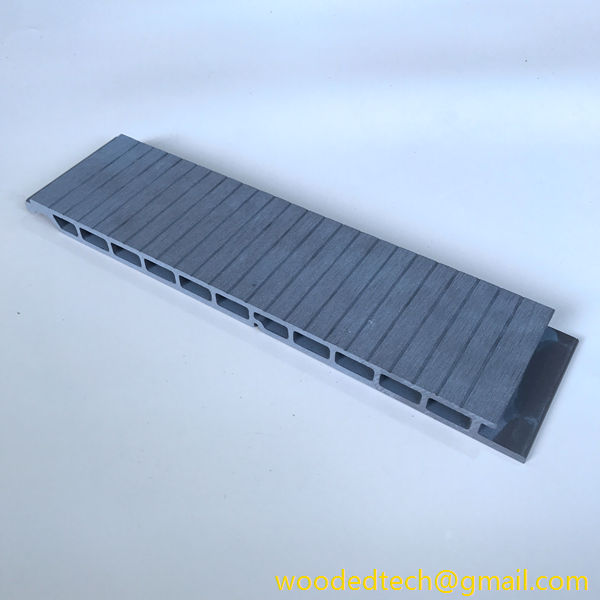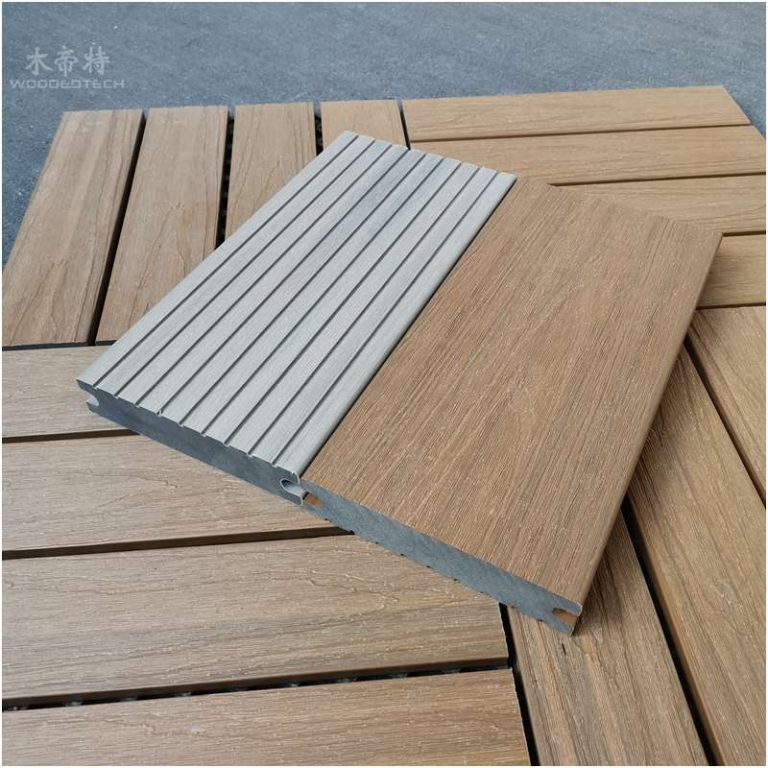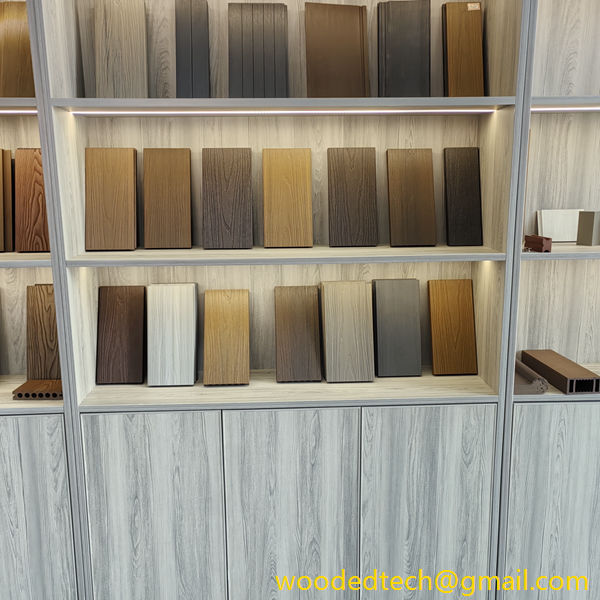What Does WPC Mean in Flooring and How It Revolutionizes Traditional Flooring Options
What Does WPC Mean in Flooring and How It Revolutionizes Traditional Flooring Options WPC, or Wood Plastic Composite, is an innovative flooring material that has gained immense popularity in recent years. It represents a significant advancement in flooring technology, combining the natural beauty of wood with the durability and resilience of plastic. This unique blend…
What Does WPC Mean in Flooring and How It Revolutionizes Traditional Flooring Options
WPC, or Wood Plastic Composite, is an innovative flooring material that has gained immense popularity in recent years. It represents a significant advancement in flooring technology, combining the natural beauty of wood with the durability and resilience of plastic. This unique blend results in a product that not only looks appealing but also offers a range of practical benefits, making it a game-changer in the flooring industry.
One of the most compelling advantages of WPC flooring is its remarkable resistance to moisture. Traditional hardwood flooring can easily warp or suffer damage when exposed to water, making it unsuitable for areas such as bathrooms, kitchens, or basements. In contrast, WPC is engineered to withstand moisture, making it an ideal choice for these high-humidity environments. This inherent waterproof quality allows homeowners to enjoy the aesthetic appeal of wood without the anxiety of potential water damage.
Additionally, WPC flooring is known for its durability. The combination of wood fibers and plastic creates a robust material that can endure heavy foot traffic without showing signs of wear. This durability makes it an excellent choice for both residential and commercial spaces, where flooring is subjected to constant use. Unlike traditional hardwood, which can scratch or dent easily, WPC is designed to resist such damage, ensuring that it maintains its appearance over time.
Installation is another area where WPC flooring shines. Unlike traditional flooring options that often require glue, nails, or staples for installation, WPC utilizes a click-lock system. This means that homeowners and contractors can easily install the flooring as a floating floor, significantly reducing installation time and labor costs. The ease of installation also allows for DIY enthusiasts to take on their flooring projects without needing professional help, further expanding the appeal of WPC.
Moreover, WPC flooring comes in a vast array of designs, colors, and textures. Manufacturers have developed advanced printing technologies that replicate the look of various wood species, including oak, maple, and hickory, along with unique finishes that mimic the natural grain patterns found in real wood. This diversity in design ensures that homeowners can find the perfect flooring to match their interior décor, whether they prefer a classic, rustic look or a more modern aesthetic.
From an environmental perspective, WPC flooring is also a sustainable option. It is often made from recycled materials, helping to reduce waste and promote eco-friendly practices. Many consumers today are increasingly aware of the environmental impact of their purchasing decisions, and WPC flooring offers a responsible alternative that aligns with their values. By choosing WPC, homeowners can enjoy a beautiful and durable floor while contributing to a more sustainable future.
In addition to its aesthetic and practical advantages, WPC flooring also provides comfort underfoot. The core structure of WPC includes a foam backing that adds cushioning, making it more comfortable to walk on compared to traditional hardwood or tile. This added comfort is especially beneficial in areas where people spend a lot of time standing, such as kitchens or living rooms.
Another significant benefit of WPC flooring is its ease of maintenance. Unlike traditional hardwood floors that require regular refinishing, WPC flooring is virtually maintenance-free. A simple sweep and occasional mopping are all that is needed to keep it looking its best. This low-maintenance requirement is particularly appealing to busy families and individuals who may not have the time or inclination to devote to extensive floor care.
WPC flooring also offers sound insulation properties, which can be an essential consideration in multi-level homes or apartments. The composite structure helps to dampen sound, making it a quieter option compared to harder flooring materials like tile or hardwood. This acoustic benefit contributes to a more serene living environment, allowing for a greater sense of comfort and relaxation.
The versatility of WPC flooring extends beyond its residential applications. Many commercial spaces, including retail stores, restaurants, and offices, are also turning to WPC for their flooring needs. Its durability, ease of maintenance, and aesthetic appeal make it a suitable choice for high-traffic areas where appearance and functionality are paramount. Business owners can create inviting spaces that enhance their brand while also ensuring that their flooring can withstand the rigors of daily use.
In conclusion, WPC flooring is revolutionizing traditional flooring options by offering a perfect blend of beauty, durability, and practicality. Its resistance to moisture, ease of installation, vast design options, and low maintenance requirements make it an appealing choice for homeowners and businesses alike. As more people become aware of the benefits of WPC, it is clear that this innovative material is not just a trend but a lasting solution that meets the demands of modern living. Whether you are renovating your home or designing a commercial space, WPC flooring provides an exceptional option that encapsulates the best of both worlds, combining the timeless allure of wood with the resilience of modern materials.

